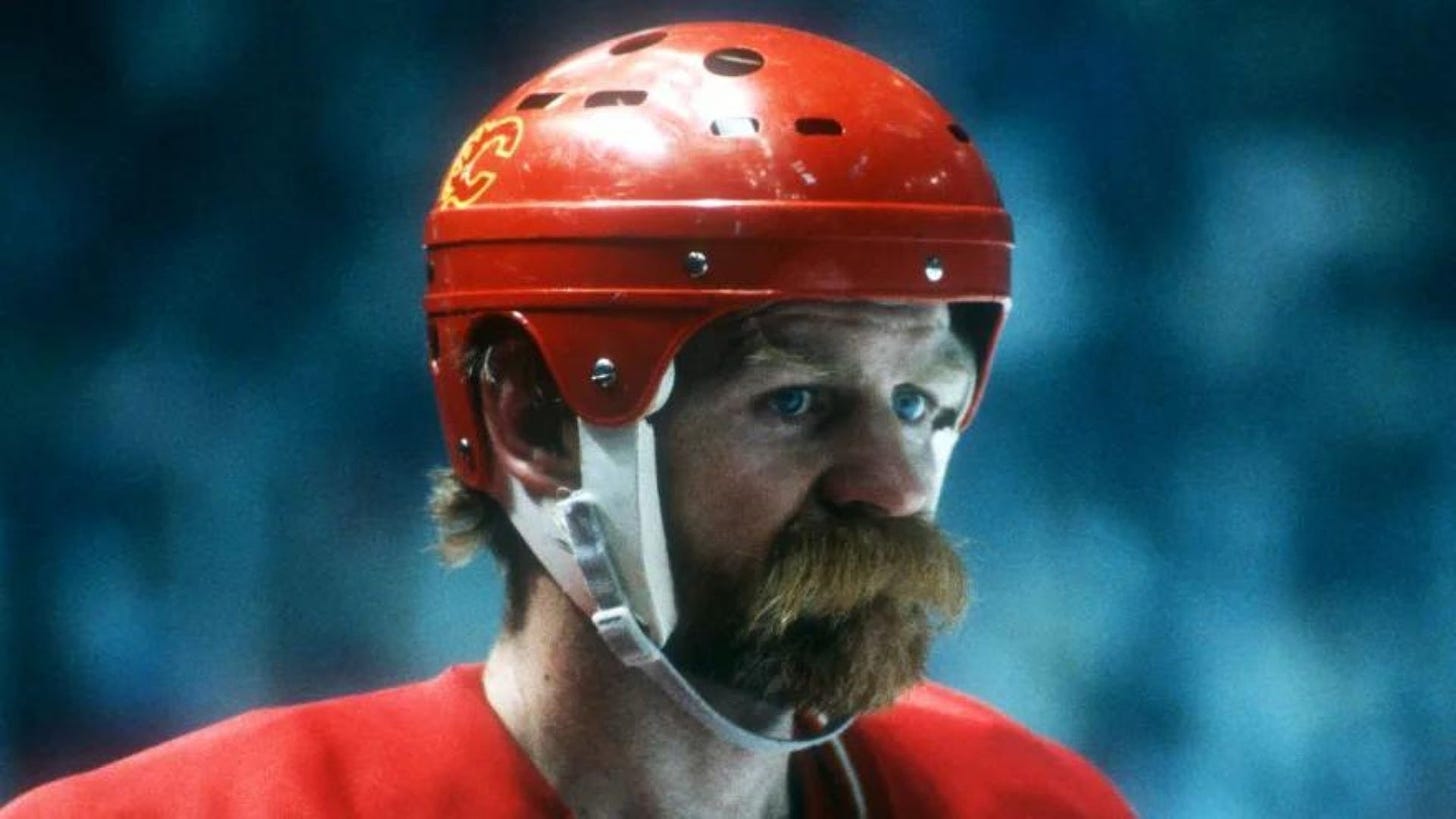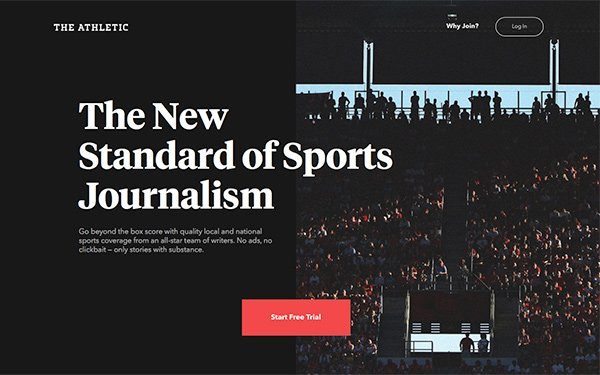$550M Sports Subscription
Athletes Transferring Markets. Play-Offs in January. A Pricey Subscription.
On Today’s Agenda:
What North American Talent Should Be Doing When Entering Europe
Why January Is A Key Month For Sports Marketing
The New York Times Purchases The Athletic
North America Conquering Europe
What North American Talent Should Be Doing When Entering Europe
Refugio Ruiz/Getty Images
Entering into the New Year, we are seeing an influx of North American talent make the journey across the Atlantic to pursue their dreams of being professional soccer players in Europe. Tajon Buchanan, now at Club Brugge, Ricardo Pepi, off to Augsburg in Germany, James Sands, on an 18-month loan spell at Rangers in Scotland. Others like Daryl Dike and Richie Laryea have made the swap over to Europe.
These are not the only players but are part of a second North American wave of players going to Europe to play top football. Following the likes of Alphonso Davies, Atiba Hutchinson, and Jonathan Davies, these guys are the next generation to play pro in Europe.
However, here at white whale mktg, we think of a different picture when we hear about these transfers. One big question that we ask is: what’s next? What is going to make these players who were superstars in the MLS become superstars on and off the pitch in Europe? How can these players compete with the most well-known players in Europe as the new boys on the block from a league that some may not have even heard of?
One thing to do is to embrace your new team. These players are moving across the world to go play in England, Germany, Belgium, Scotland, etc. and the biggest part of these franchises are the fans. Make yourself known to these fans and they will LOVE you. Players who build up an audience and embrace the local culture develop a sense of fan loyalty at their new club.
Look at Alphonso Davies for example. New kid on the block in Germany at one of the best teams in the world, as a young Canadian defender. Not only did he impress on the pitch, but he impressed off the pitch too. Using the likes of Instagram and Tik Tok, Davies grew his personal brand with his fans online by engaging with them and just being himself. Davies is a likable guy, and that’s what he accomplished showing to his new fans in Germany as well as his old fans back in Vancouver and the rest of Canada.
It is important for these athletes to embrace their new culture and be a part of the football team’s community because it’s hard to build an athlete’s personal brand without loyal supporters. Make yourself known by the fans and they’ll help too.
What’s next is an important question for these players to ask after their transfers. What can they do to grow as an athlete and as a brand? Not only can you impress on the pitch, but it would be wise to do so off the pitch too. Especially in these top leagues where fans are most die-hard and most critical, it’s important to become more than just a random player on the field, you become part of a football family - embrace it.
Let us know what you think. Will these players be successful and become superstars as athletes and/or brands?
Play-Offs Are Starting and We Aren’t Talking About Football
Why January is a Key Month for Sports Marketing
Bruce Bennett/ Getty Images
The holidays have winded down and Christmas trees have hit the curb. People are now able to take a deep breath and go back to their day today. WRONG. If you’re in the sports marketing world the party is just getting started. You now may be wondering, wait, did I miss something? We sure hope not, but we know at white whale mktg and other sporting properties around the world it’s…
Game-on.
Executives are in the process of returning from holidays and marketing budgets have been renewed. Let me repeat myself: marketing budgets have been renewed. If you’re asking yourself: so, what? You’re in the wrong newsletter, my friend. This time of year is what makes up for the last quarter of 2021. When you get to Q4 of the year, budgets have already been spent, plans have been made and loose ends are being tied. More likely than not, if you’re in the sports marketing/ partnerships space you absolutely heard the line “Sorry, we’re interested, just we no longer have the budget for this project, can you reach back out at the beginning of next year?”.
Absolutely.
January is the time of year where you make up for a lost time, you look to close on deals from the previous year that have fallen through but it’s also the time to start targeting your white whales (see what we did there). Now more than ever, marketing departments are open to hearing new ideas. Plans have yet to be made, budgets haven’t been spent and they’re looking for new opportunities.
Now, with all of that said, there are two sides to every story. I’ve been speaking to the sport marketeers but what about athletes and brands looking to become future partners, what can they do in January to seek new opportunities? If you’re an athlete, you don’t need hundreds of thousands of followers to provide value not only to your audience but also to your partners. But, you do need a marketing team that knows how to properly formulate the value that you do have. So, contact us, we’ll make things happen. If you’re a brand reading this, we’re very much aware athlete partnerships are exciting but they haven’t always led you to success. The key difference between the past and the present is your ability, like the athletes reading this, to work with a curated sports marketing team.
It’s the year of the white whale, let’s make things happen.
A $550 Million Dollar Sports Subscription
The New York Times Purchases The Athletic
The Athletic
The phrase “New Year, New Me” is something you hear often this time of year when people make commitments to resolutions that may or may not last beyond the time this newsletter was sent to your inbox. For The Athletic, a subscription-based sports journalism platform - that statement will be more true than ever. Just yesterday, it was announced that The Athletic had agreed to be acquired by The New York Times Company, in a deal valued at a reported $550 million.
The Athletic was founded in 2016, by Alex Mather and Adam Hansmann (former employees at Strava). Their goal was simple - to provide in-depth sports coverage without ads for the diehard sports fan. Focusing on a subscription model for revenue rather than advertising, the platform has grown to include over 47 markets across a plethora of sports. In addition to the long-form pieces and quality journalism subscribers sign up for, they also have a line of exclusive and partnered podcasts.
The company has disrupted the sports journalism space and boasts a strong team of over 400 journalists and contributors that focus on both local markets and league-wide coverage. Their business model has been very popular amongst North American and British sports fans, totaling over 1.2 million subscribers. However, the profitability of the company has been questioned many times - with reports suggesting that The Athletic has yet to turn a profit, as their expenses are greater than their annual revenue. Though common for digital media properties (including Netflix), the profitability issue has resulted in the deal coming in about $200 million shorter than The Athletic’s initiation valuation of $750 million.
In a press release posted on The Athletic, founders Mather and Hansmann ensured subscribers that nothing will be changing for subscribers at this time. Many users have expressed concern on social media and even in the comments under the piece - worried that The New York Times Company may cannibalize their beloved platform and make unwelcome changes to improve the company’s bottom line.
For The New York Times Company, this acquisition continues its expansion into the digital media space, with a goal to reach 10 million subscribers by 2025. As on-demand media continues to encapsulate every aspect of our content, The New York Times Company will hope to be a market leader in the on-demand journalism/digital media space. It remains to be seen how The Athletic will be integrated into the New York Times platform, if at all. For users of either platform and readers of sports news all over - this is a development to keep an eye on as it continues to shape the type and medium of the sports content we consume daily.













